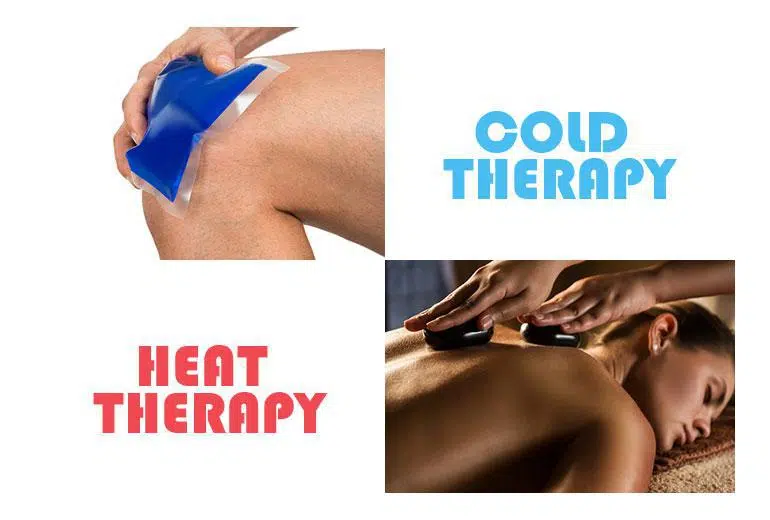Why does ICE help
- Ice constricts blood vessels, which can reduce inflammation of a recent injury.
- Reducing inflammation can calm down swelling, tenderness, and pain.
- Ice will also temporarily numb the area.
Why does HEAT help?
- Heat increases blood flow by expanding blood vessels.
- Increased blood flow can help relax a tight muscle, restore movement, and reduce pain.
- Heat eases stiffness after inflammation has resolved.
When is the correct time to use ICE?
- Injuries LESS than 6 weeks old.
- Right after an injury occurs.
- After an activity that aggravates a chronic musculoskeletal problem.
- Examples
- Strains – pulled muscle or tendons (back, neck, legs, shoulder, etc.)
- Sprains – stretching of ligaments in joints (knee, ankle, foot, elbow, etc.)
- Muscle spasms
- Ice may be used for injuries greater than 6 weeks old immediately after increased activity, exercise, pain or swelling.
When is the correct time to use HEAT
- Injuries LESS than 6 weeks old.
- Heat is used to loosen up the tight muscles and/or joints before activity.
- After an activity that aggravates a chronic musculoskeletal problem.
- Examples.
- Osteoarthritis
- Chronic sprains to the ankle, foot, elbow, knee.
- Chronic strains to muscle
- Do NOT use heat for the first 48 hours after an injury or exacerbation of a chronic injury. This will increase inflammation, swelling and pain.
Helpful Tips:
- When applying heat or ice, only treat area for 20 minutes at a time.
- Do not apply heat or ice directly to the skin. Use a thin towel between heat or ice and skin to prevent burn.
- Use heat and ice with caution if you have decreased sensation to the affected area, for example, neuropathy related to diabe


